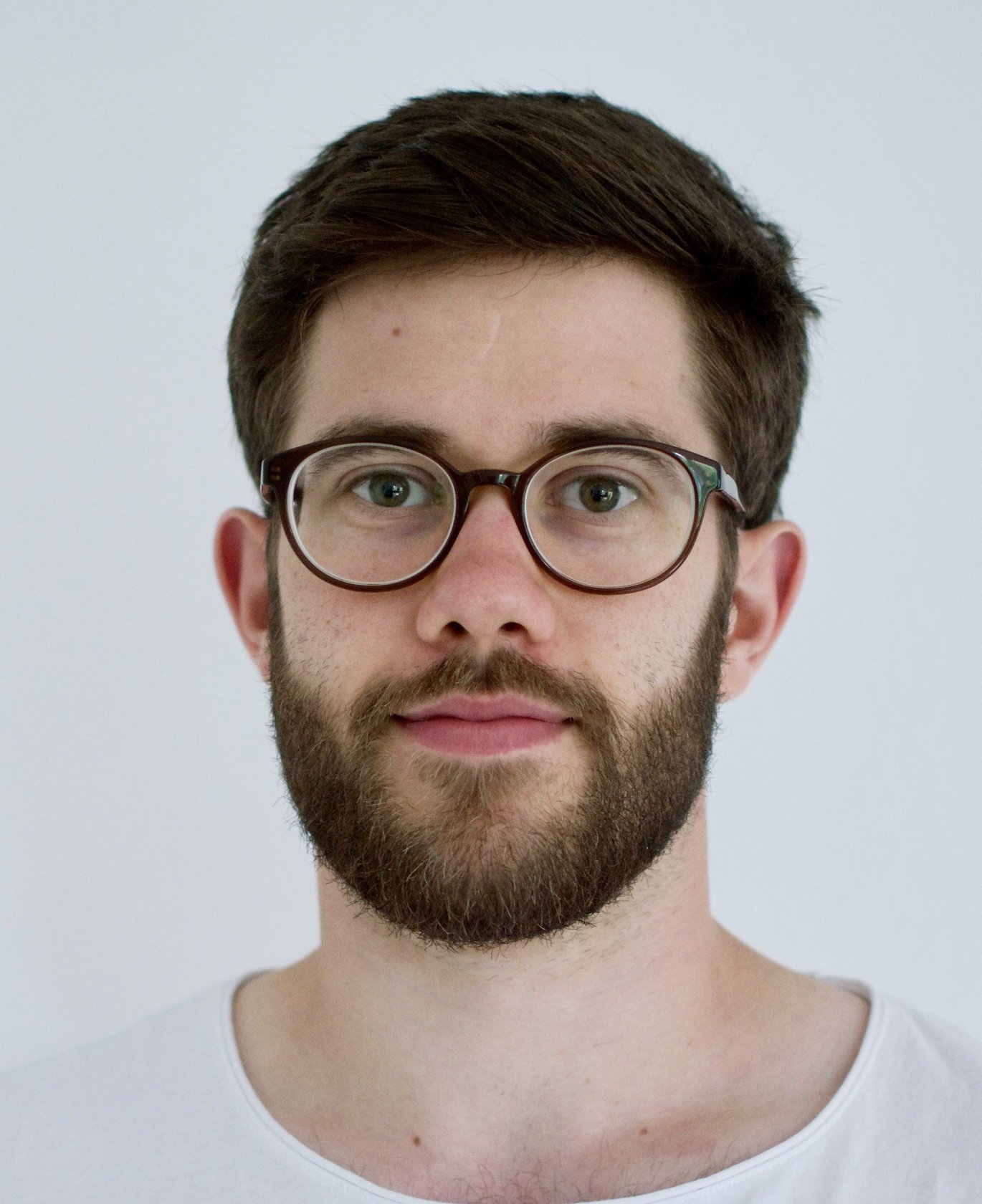Meeting in research network resultet in collaboration with engineers for PhD student
For 27-year-old PhD student Casper Skjærbæk, a brief conversation before a meeting in the NeuroCampus network became the beginning of a collaboration with a professor at AU Engineering

New knowledge, new realisations and new collaborations. These were the keys to success when AU Health in 2009 established the research network NeuroCampus Aarhus (NCA) with the aim of becoming an international leader within neuroscience research.
The university's vision was hardly at the forefront of Casper Skjærbæk’s mind when, as a medical student, he was invited to join the network’s steering committee in 2019 – an invitation to counsel some of the university's most high-profile researchers.
“It was definitely a different setting than I was used to. I knew a couple of the members of the committee, because they had taught courses on my degree programme, and I knew that they were internationally well-renowned, and then suddenly I, a student who had never published a single article, was sitting at a table with them," says the now 27-year-old PhD student.
More young representatives in the steering committee
The NCA was the first interdisciplinary research network at Health and has been the model for four other networks that collaborate on research and education.
The network steering committee consists of 18 members, including researchers from four faculties, administrative staff and PhD students.
In 2019, Casper Skjærbæk was invited to join the steering committee as he was then chair of the NSM, the neuroscience student association.
Even though he graduated medical school last summer, he has remained a member of the steering committee – now as the PhD student representative.
No hierarchy
According to Casper Skjærbæk, when brainstorming ideas on how to grow the network, there is a big focus on involving young researchers as their voices are just as important as those of the other members.
“Being part of the network has been a great experience. The people I’ve met have been good at listening, asking questions and coming up with good ideas. I've never felt that my position in the hierarchy of things determined whether my idea was good or bad,” he says.
One of the ideas behind Health's interdisciplinary research networks is to create a platform where researchers can be inspired by each other across different subjects and disciplines.
This exchange is facilitated through academic events, annual meetings with an international bent and a focus on academic development, knowledge sharing and networking.
New project with engineers
Even though the network's ambition of becoming an international leader within neuroscience research may seem a bit obscure to someone who just began their PhD a month ago, Casper Skjærbæk is a good example of how new collaborations can emerge through the network.
Together with his supervisor, Per Borghammer, Casper has started a collaboration with Professor Preben Kidmose from the Aarhus University School of Engineering, who is also a member of the NCA steering committee.
"Before heading into an NCA meeting, Preben mentioned that he was working on a new way of measuring EEG (brain waves, ed) by using small electrodes placed in each ear, which led to a conversation about how we use electrodes placed on top of people’s heads to take EEG measurements when conducting sleep research and how difficult it was," says Casper Skjærbæk.
The conversation resulted in the launch of a project to study how this new technology could be used in clinical research. The project members are Casper Skjærbæk, Per Borghammer, Preben Kidmose and Postdoc Yousef Tabar. According to Casper Skjærbæk, the results of the first analyses are quite promising.
So promising in fact that the preliminary results have helped bring home two grants that have made it possible for the engineers to continue working on the algorithm-based analysis, and made it possible to soon purchase new equipment, so the new method can be used in bigger studies on patients with Parkinson's disease.
Eye opening
According to Casper Skjærbæk, this kind of collaboration can only happen because of networks and platforms like the NCA, which brings together researchers with many different backgrounds.
"There’s no one in our group who could do anything near what the engineers can do. We can’t program algorithms for machine learning, just like the engineers wouldn’t be able to recruit patients for a research project about Parkinson's, because they’re not up-to-date on the latest hypotheses about the disease," says Casper Skjærbæk and continues:
"As a clinician, I don't understand the basic mathematics and electro-physics behind the engineers’ algorithms, but because we met in a space dedicated to creating new ideas, it became easier to ask about each other’s research and thereby open our eyes to the possibilities that exist in other research areas.”
Participating in the practicalities
However, new research collaborations do not need to be the reason for young researchers to join the NCA.
The network can also be a good opportunity to get involved in the activities organised by the network.
"Neuroscience Day and the recently held MatchPoint conference are activities where students can get involved by helping organise and coordinate the events, and thereby become a natural part of all the practical work when they join the network.
This will help them gain insight into how established researchers combine clinical work and research, while simultaneously working together with administrative staff, which is what really makes everything come together," says Casper Skjærbæk.
Learn more about NeuroCampus Aarhus
Contact:
Casper Skjærbæk, PhD student at the Department of Clinical Medicine and MD at Aarhus University Hospital.
cas@clin.au.dk